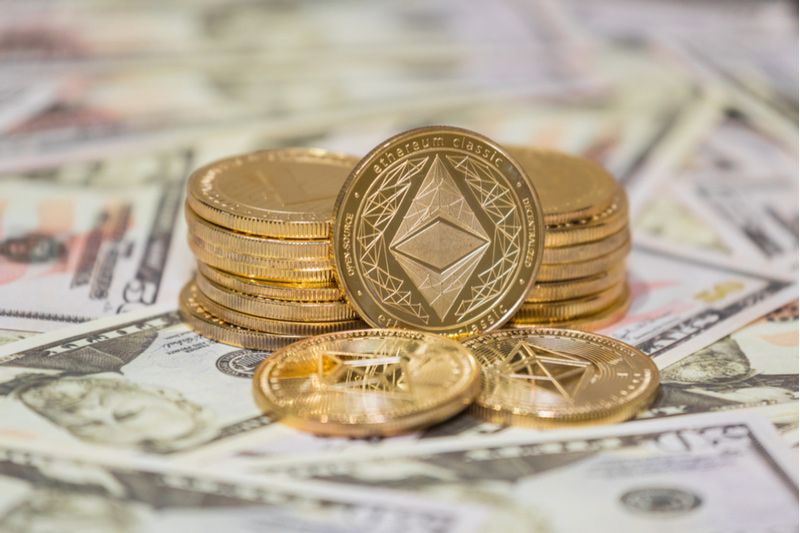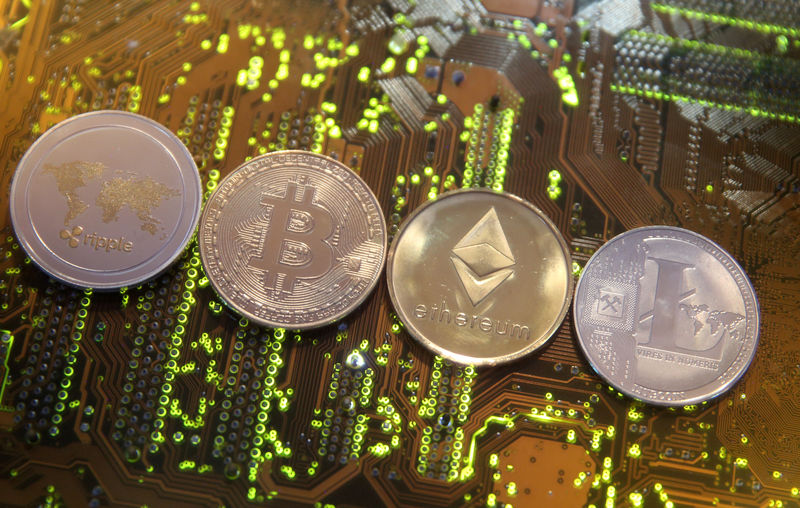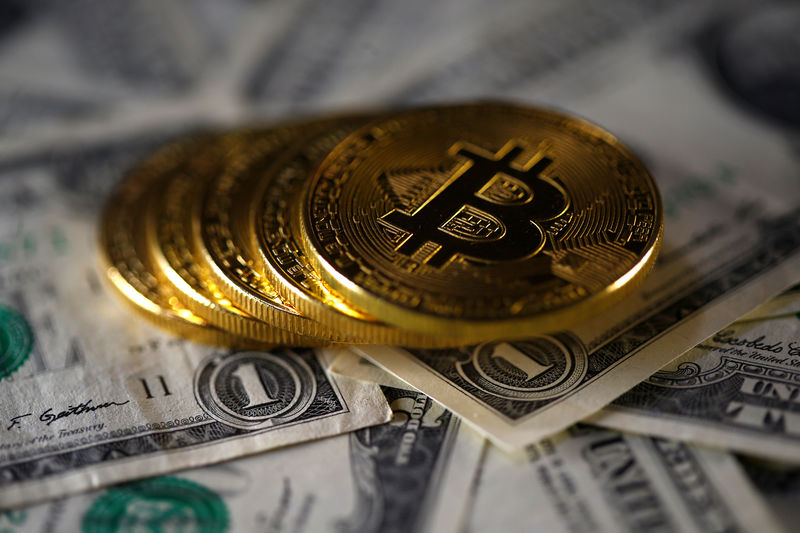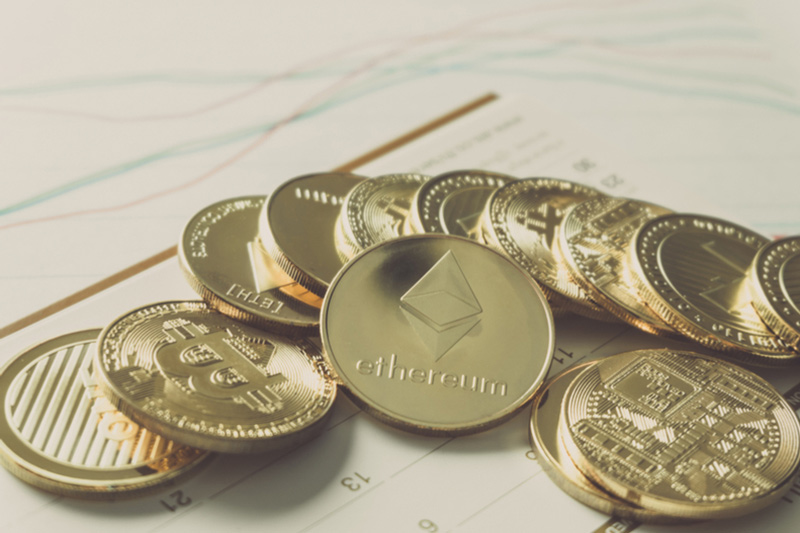U.Today – Toncoin price dropped by almost 20% in a short period of time, resulting in a huge blow to the market. Pavel Durov, the billionaire founder of Telegram and a major figure in Toncoin, was arrested shortly before this drop. Although Durov’s arrest came as a shock to communities outside the digital asset world, the cryptocurrency market is still more focused on TON’s performance.
At the time of writing, TON is priced at around $5.60, having fallen from highs near $7.00 earlier this month. The strong selling pressure following the announcement of Durov’s arrest has made the sharp drop in value even more severe.
For a short period, the cryptocurrency attempted to stabilize around $600, but the breakout of that support led to further losses. Technical indicators indicate that TON is in a risky situation at the moment.
The 200-day and 50-day moving averages, which often act as psychological barriers for traders, are among the important support levels that the cryptocurrency has broken through. The breakout of these levels suggests that before TON finds real support, it may experience further downward pressure.
Concerns are further heightened by the sharp increase in trading volume that occurred during the sell-off, suggesting that heavy selling, rather than a lack of buying interest, was the primary cause of the decline.
This implies that many investors were willing to sell their holdings, probably because they feared that the price would fall even further. While it is difficult to predict the immediate future of TON, the cryptocurrency desperately needs encouraging developments to regain investor confidence.
Failed to reach $70,000
Recently, Bitcoin has been facing strong opposition as it approached the $70,000 threshold. Although traders and investors were expecting a breakthrough due to the previous bullish momentum, Bitcoin has failed to reach this crucial psychological level, leading to a significant price drop.
The obstacles facing the cryptocurrency are evident in its price performance over the past few days. Bitcoin's upward trajectory began to stall after reaching a peak of $64,600; at this point, the price has dropped to around $63,951. As Bitcoin approached the $70,000 mark, which has been both a target and a barrier in recent weeks, this drop highlights the lack of buying conviction among traders.
There are several possible reasons why Bitcoin is unable to continue its uptrend towards $70,000. Above all, it is important to recognize the psychological significance of this round number. Because they expect a reversal or correction, traders frequently place sell orders at these levels, which creates even more resistance.
Perhaps a wave of profit-taking was triggered by the failure to break through this barrier, which accelerated the decline. Further evidence that Bitcoin is encountering strong resistance comes from technical indicators. The 200-day moving average is offering further resistance as the price tests the upper boundaries of a well-established channel.
According to the Relative Strength Index (RSI), the Bitcoin price may have been overbought during its recent surge, which could have led to a natural cooling off as buying pressure eased. With the Bitcoin price trading just below $70,000, the market’s attention will likely turn to whether it can regain momentum and break through this crucial barrier once again.
In difficult position
Ethereum is having a very difficult time breaking through a critical resistance level. The digital asset, currently trading at around $2,750, is struggling at the 26-day exponential moving average. Ethereum’s difficulty in breaking through this level suggests that there may be further consolidation or even a possible reversal in the market.
Although Ethereum has recovered from its lows, the price action of late suggests that there is no momentum needed to break above $2,750 and approach the $3,000 mark.
The current state of the Ethereum network is one of its fundamental problems. Network usage metrics indicate that it is far from fully loaded, even with prices recovering. Underutilization may be a factor in the lack of purchasing power needed to boost the price.
This article was originally published on U.Today










